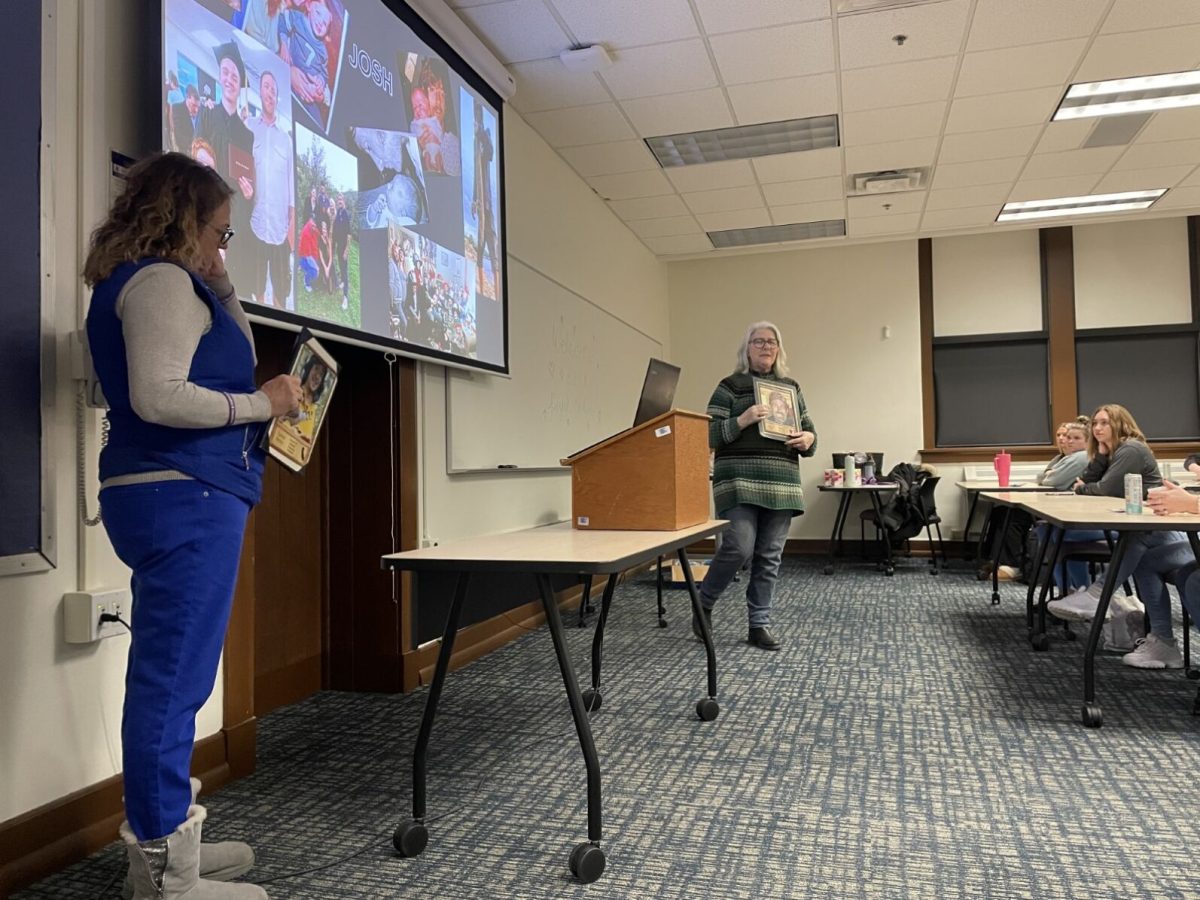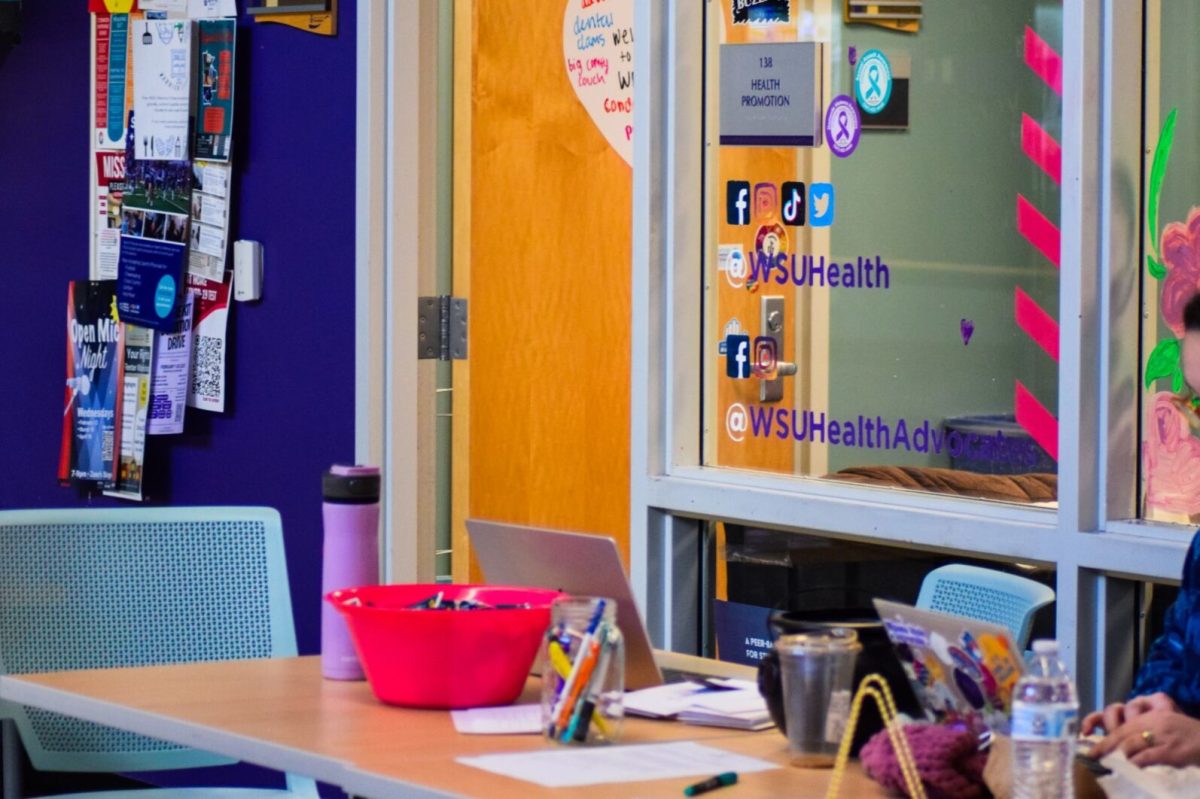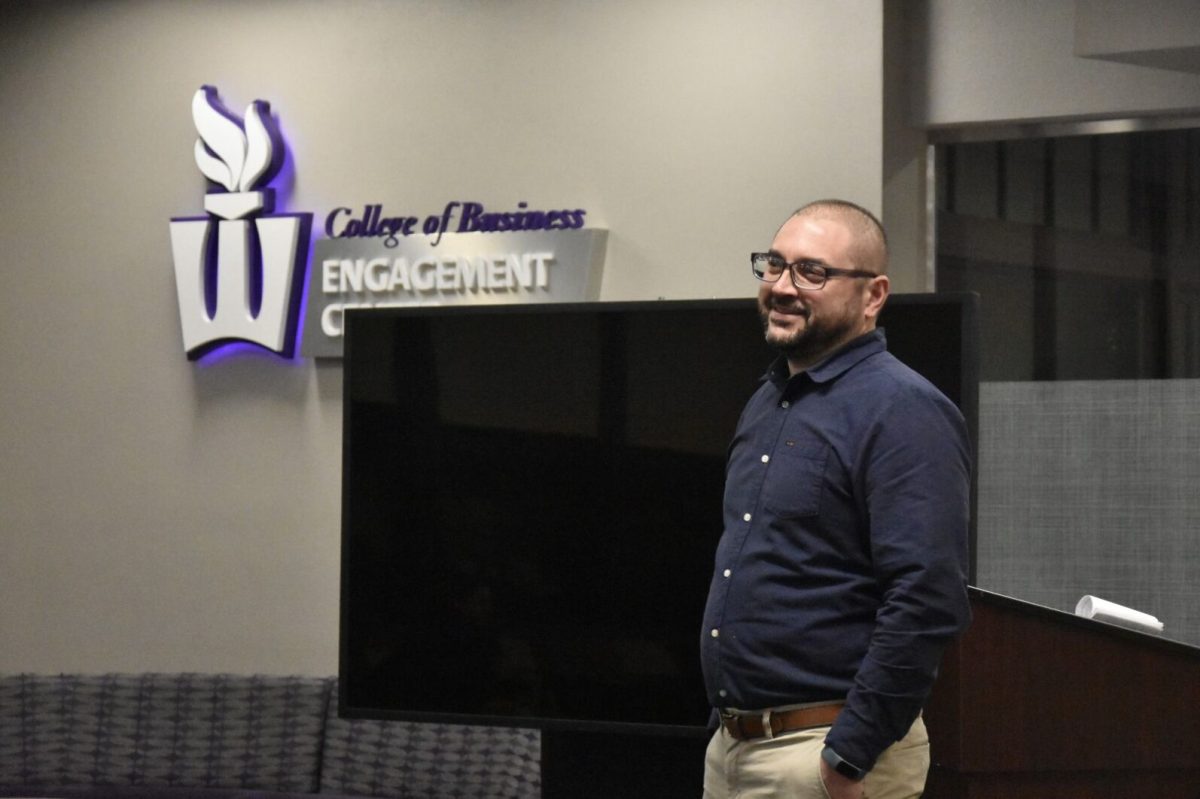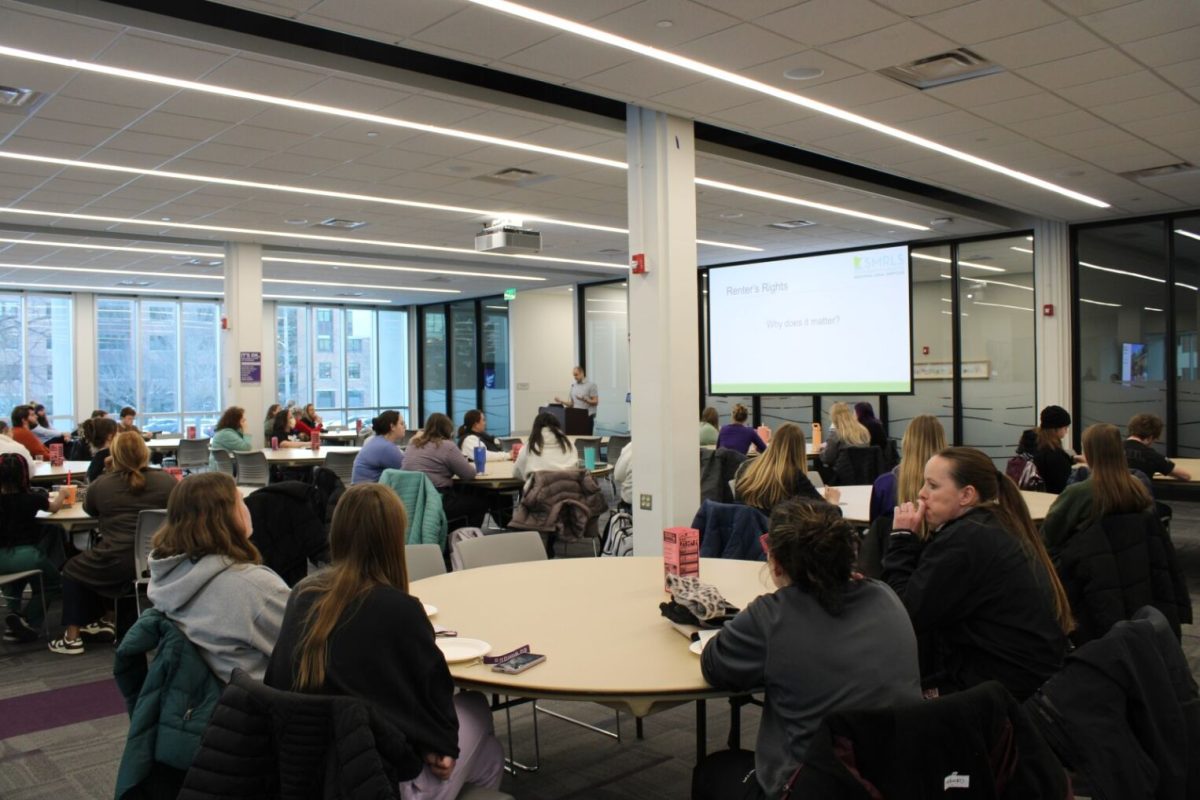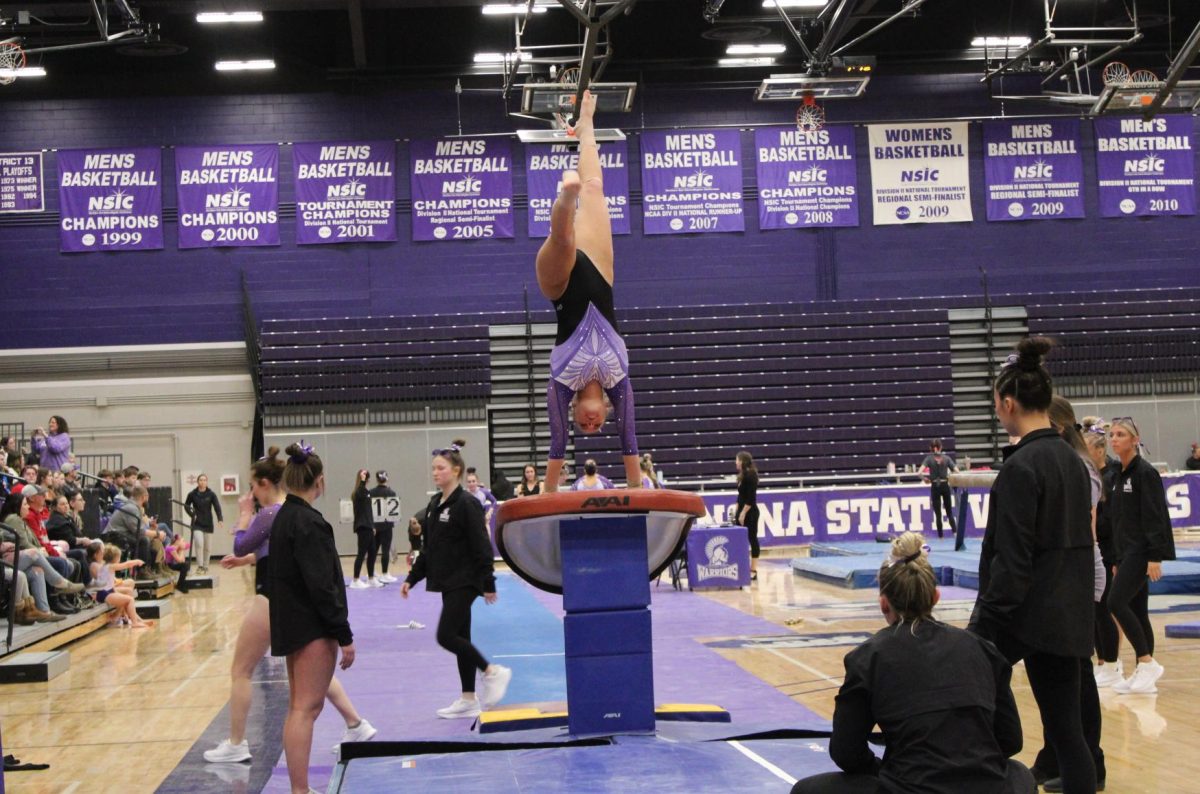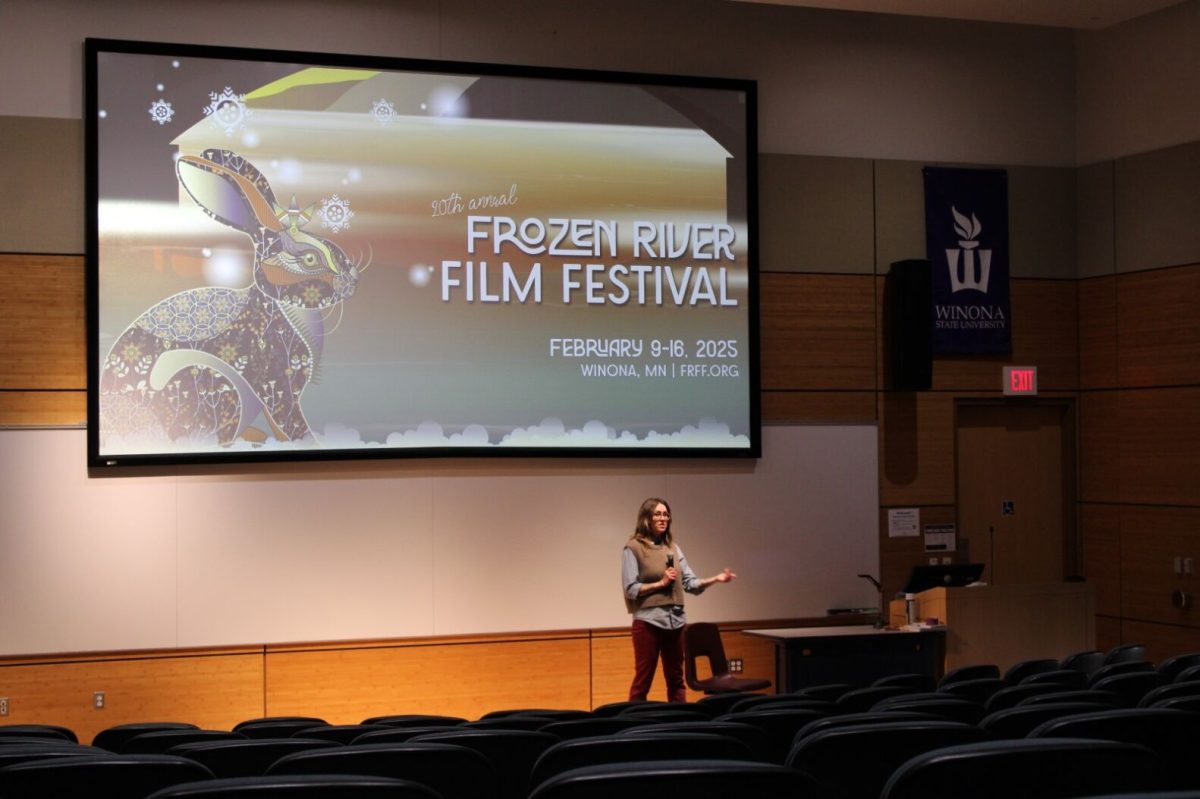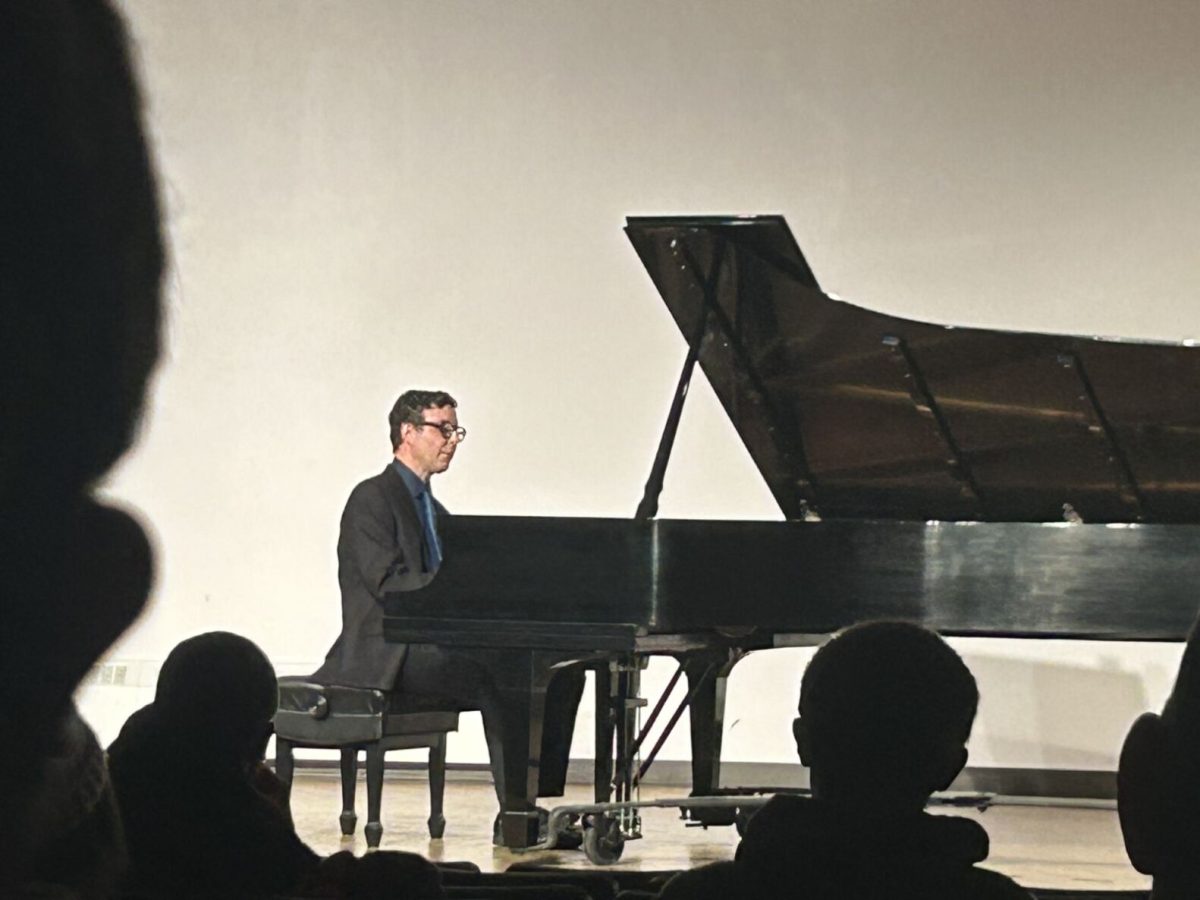The discussion of budget for Winona State University (WSU)’s fiscal years 2024 and 2025 took place via Zoom Webinar on Wednesday, October 4th, and many changes were addressed.
Scott Ellinghuysen, Vice President for Finance and Administration and Chief Financial Officer led the seminar and explained the new budget for the upcoming years.
Ellinghuysen briefly touched on fiscal year (FY) 24, explaining that most of the budgets, such as Student Union, Wellness Center, Health Service, eWarrior, Athletic Fee, etc., are based on enrollment. This means that as enrollment changes, the budgets for these areas change as well.
For FY25, WSU received funding to apply changes to specific student needs around campus.
“We received a little over $62,000 for student support services, which is expanding support for basic student needs like mental health and food insecurity,” Ellinghuysen said. “We also received $400,000 for equipment and learning environment upgrades, and there was a law that required us to provide free menstrual products in all the bathrooms on campus, so we were funded $35,000 for the equipment and the products. That will be completed by the end of December.”
Additionally, Ellinghuysen explained that WSU received just over $201,000 for industry sector programs and work-based learning.
“The deans are looking at putting that towards career and technical ed fixed term faculty and biology fixed term faculty and equipment,” Ellinghuysen said.
Another tremendous change that will begin for FY25 is the North Star Promise, which indicates that any student with an $80,000 family income or less will receive free college.
Ellinghuysen explained that WSU has a probable $7M+ budget deficit for FY25, and reduction targets need to be finalized and then a timeline will be established.
“Some things that would help the deficit would be legislative support through a supplemental budget request or an increase in enrollment,” Ellinghuysen said. “However, if we go into a recession or don’t have that legislative support or have a decrease in enrollment, it will hurt this number.”
Despite these fundings, a big shift to the university that Ellinghuysen and others expressed is a budget-reduction strategy that involves turning potential employees away.
“We are looking at moving into a ‘hiring chill’ and shifting the stance of filling positions from ‘Yes’ to ‘No,’” Ellinghuysen said. “We’re currently working on some forms that will ask for additional detail, both faculty, staff and other positions that will be required when they submit the request to fill for a position.”
Interim president, Kenneth Janz, added a further explanation on what a ‘hiring chill’ would look like for the university.
“We need to do this to start slowing down the hiring a little bit, because you’ve seen the budget numbers; if we don’t do anything, our possible solutions in our toolbox get a lot less and a lot harder to deal with the issue at hand.” Janz said. “There is going to be two hiring processes: One for non-faculty positions, which is most likely going to be a no, unless it is something we need for compliance. On the faculty side, there is going to be a strategic hiring process where the deans work together to fill the positions of highest need and work to meet an overall target.”
Janz also expressed that the previous budget forums had been done in the spring, approaching the end of the FY, which made it difficult to address certain budgeting issues that need fixing.
“One of the biggest problems that we’ve had with hiring is people knew we needed to get the budget figured out in the spring, we just ran through hiring without knowing what we needed to hire and what we didn’t,” Janz said. “This is to make sure we’re doing the right hiring in the right places.”
Ellinghuysen concluded with some of the timelines in which these reductions will be enacted.
“The next big thing will be that supplemental budget request that the Board of Trustees will be hearing at the October and November board meetings,” Ellinghuysen said. “Further timelines on the reductions will be communicated to campus this fall.”

